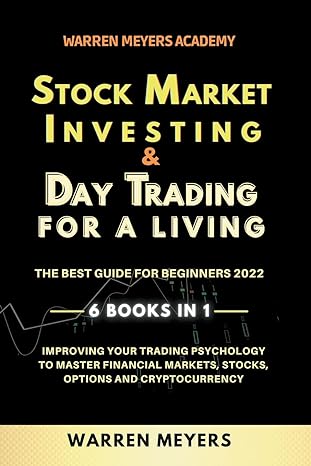The CAPM estimate of rs Is equal to the risk-free rate, rar, plus a risk premium that is equal to the risk premium on an average stock, ( e), scaled up or down to refect th particular stock's risk as measured by its beta coefficient, bi. This model assumes that a firm's stockholders are Selectdiversified, but if they are Select 9] divers then the firm's true investment risk would not be measured by -Select and the CAPM estimate would Select the correct value of ra Bond Yield Plus Risk Premium If relilable inputs for the CAPM are not available as would be true for a closely held company, analysts often use a subjective procedure to estimate the cost of equity. Empirical suggest that the risk premium on a firm's stock over its own bonds generally ranges from 3 to S percentage points. The equation is shown as: rs Bond yield+Risk premium. that this risk premium is Selectthe risk premium given in the CAPM. This method doesn't produce a precise cost of equity, but does provide a ballpark estimate. DCF The DCF approach for estimated the cost of retained earnings, rs, is given as follows: r-,pected s Investors expect to receive a dividend yield, P, plus a capital gain, 9, for a total expected return. In electthis expected return is also equalto the required return easy to calculate the dividend yield; but because stock prices fnuctuate, the yield varies from day to day, which leads to fluctuations in the DCF cost of equity. Also, it is difficult t determine the proper growth especially if past growth rates are not expected to continue in the future. However we can use growth rates as projected by security analysts, who regularty forecast growth rates of earnings and dividends Which method should be used to estimate rs? If management has confidence in one method, it would probably use that method's estimate. Otherwise, it might use some weight average of the three methods. Judgment is important and comes into play here, as is true for most decisions in finance Quantitative Problem: Barton Industries estimates its cost of common equity by using three approaches: the CAPM, the bond-yield-plus-risk-premium approach, and the DCF Barton expects next year's annual dividend DL to be $1.60 and it expects dividends to grow at a constant rate g-3.7%. The firm's current common stock price, PO is S2500 current risk-free rate, rRF -4%, the market risk prem um RP, 53%, and the firm's stock h as a current beta, b -1.1. Asume that the firm's cost of debt r is 6.67%. Th uses a 3.3% nsk prem um when arriving at a ballpark estimate of its cost of equity using the bond yield us risk premium approach. W hat s the frms cost o ec ty usr each these three approaches? Round your answers to 2 decimal places







